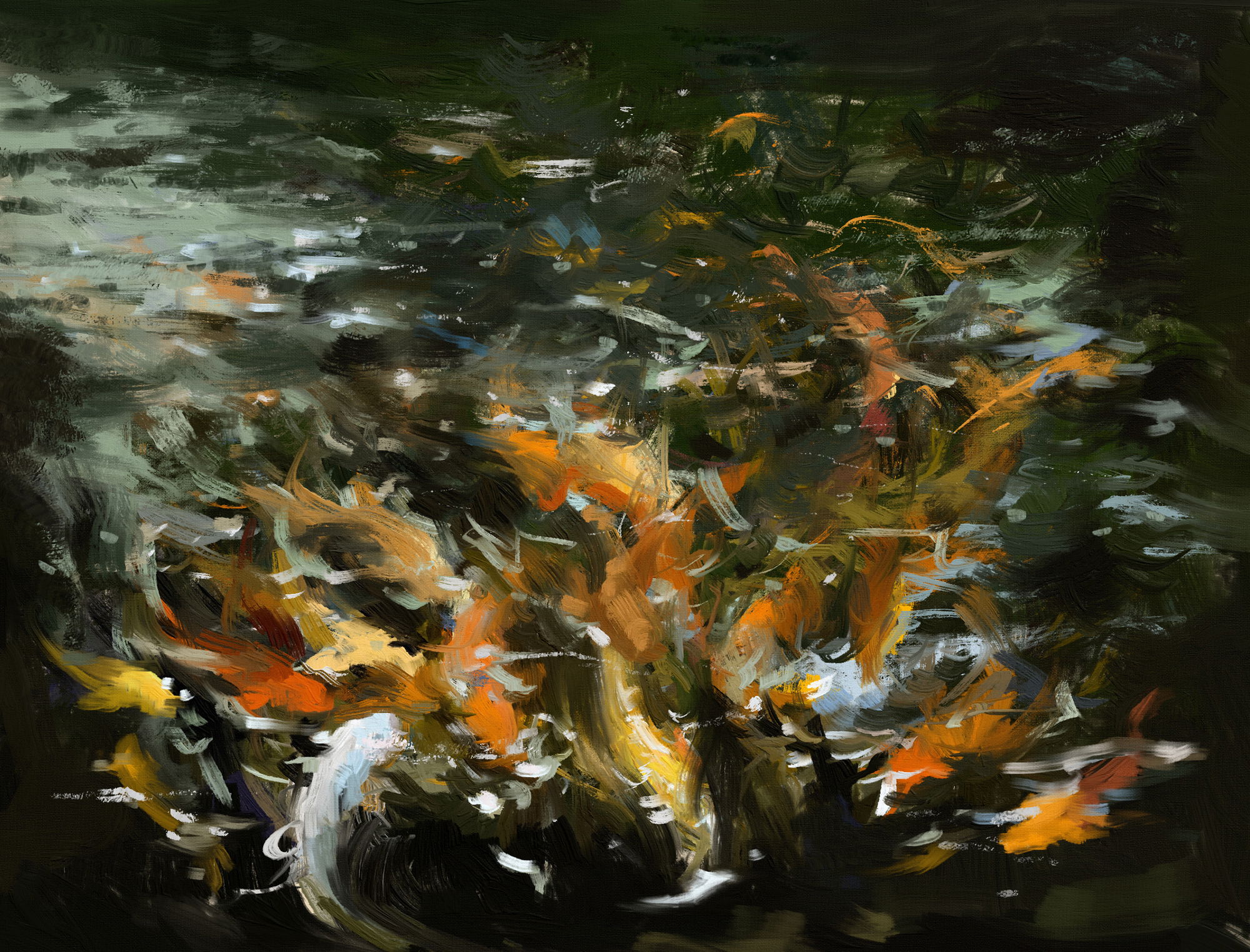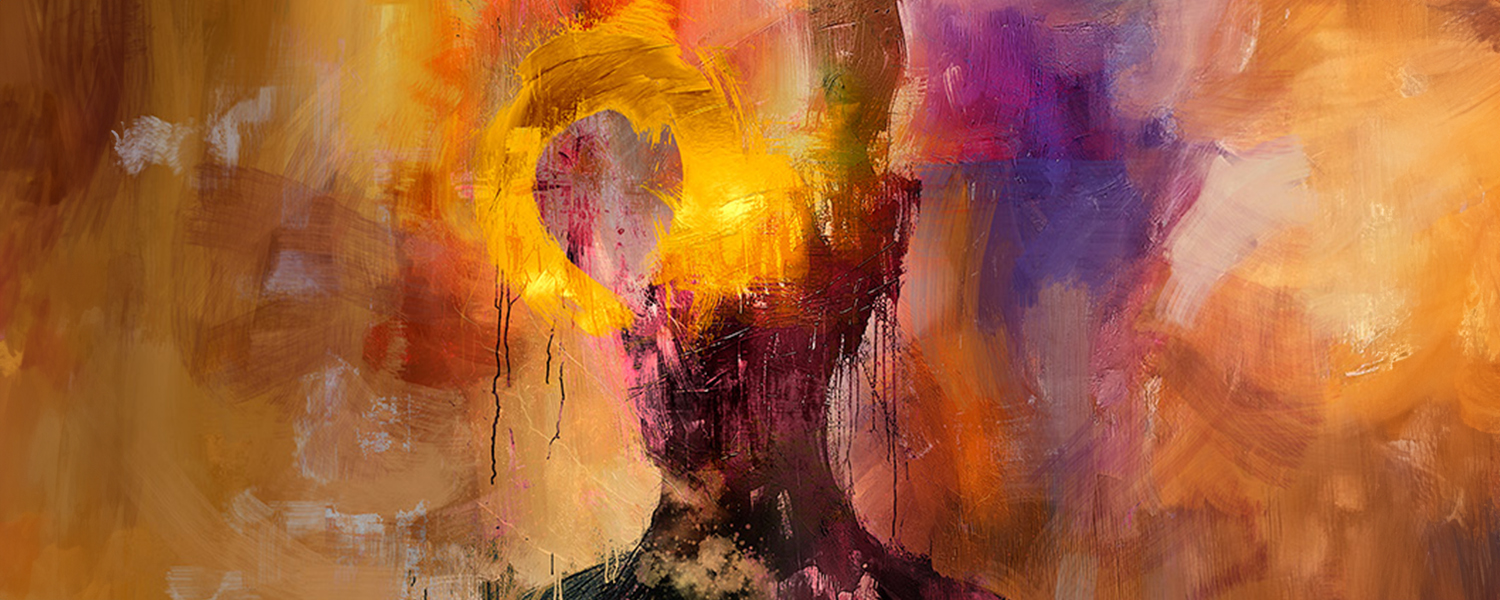The interplay between realism and abstraction has been a central theme in art for centuries. Artists continuously explore where they fall on the spectrum, striving to balance representation and expression in unique ways. Whether you are an aspiring artist or an established creator, finding this balance can enhance both the emotional impact and aesthetic appeal of your work.
Understanding Realism and Abstraction
Realism aims to depict subjects as accurately as possible, capturing details, light, and form to mirror reality. Artists like Vermeer and Caravaggio mastered this approach, using their skill to bring scenes to life. On the other hand, abstraction simplifies, distorts, or exaggerates reality to emphasize emotion, movement, or composition. Artists like Wassily Kandinsky and Pablo Picasso pushed these boundaries, creating works that evoke feelings beyond mere representation.
Why Find a Balance?
Blending realism and abstraction allows for artistic freedom while maintaining enough recognizability to engage viewers. A fully realistic piece can sometimes lack personal expression, while pure abstraction might lose its audience in ambiguity. Finding a middle ground lets you create art that is both evocative and accessible.
Tips for Achieving Harmony
Start with a Strong Foundation
Understanding the principles of realism, such as anatomy, perspective, and light, gives you the artistic skills to break the rules effectively.
To help with perspective, Rebelle comes with Ruler and Perspective tools. Watch tutorial from Brazilian concept artist Douglas Murakami providing tips on how he utilizes these tools in his everyday paintings:
Watch on YouTube: youtube.com/watch?v=RF_e3hpaW5Y
Experiment with Simplification
Try reducing details in some areas while keeping others pronounced to guide the viewer’s focus.
While omitting some details may be easier to achieve when painting landscapes, it can be quite challenging trying to create a portrait. In the video below, Ludovico Clovis, an artist whose focus is to bring a traditional feel to digital portrait painting, explains how he creates an expressive portrait with abstract elements:
Watch on YouTube: youtube.com/watch?v=tV2zrZkgMpI
Play with Color and Texture
Abstract elements can emerge through unconventional color choices or bold textures, adding a layer of expression to a realistic form.
Look at the example of a color and texture play by an artist named jaggillan. In their words, this illustration portrays an abstract and expressive figure, with its silhouette almost entirely immersed in vibrant, swirling colours. The central form appears to be humanoid, but the contours are loose and fragmented, especially around the head, where a bright, glowing yellow-orange ring creates a striking focal point. This glowing ring almost resembles a halo or a radiant energy, drawing the eye immediately toward the upper portion of the figure. The palette in this artwork leans towards warm, fiery tones—deep oranges, reds, and purples—contrasted by darker, more shadowy areas, particularly in the lower half of the figure. This interplay between light and dark seems to suggest a struggle or tension, with the figure emerging from chaotic surroundings or engulfed by them. The drips of paint and rough, textural strokes give the image a sense of rawness and emotion, as though the figure is caught between destruction and illumination. Golden 3 by jaggillan
Golden 3 by jaggillan
Use Composition to Your Advantage
By using abstraction you can influence the composition while keeping key realistic elements to anchor the piece.
In this self-portrait piece, Elena Arboleda Salas uses various background textures to achieve the abstract composition, while keeping the portrait sketch realistic.
 Self-portrait by Elena Arboleda Salas
Self-portrait by Elena Arboleda Salas
You can achieve various textures in Rebelle, by using Structures, Stencils, Metallic paints, water pours, or textured brushes. Here are a few tips from Craig Werkheiser on how to use Structures:
Watch on YouTube: youtube.com/watch?v=oBJnMyY0Ti0
Find Inspiration in Nature and Modern Art
Many contemporary artists merge realism and abstraction by studying natural patterns, urban landscapes, or human emotions.
In the impressionistic study below, Daniel Ibanez uses several fishpond references. He studies the behavior and movement, trying to achieve an abstract outcome with hints of realistic strokes.  Impressionistic study by Daniel Ibanez
Impressionistic study by Daniel Ibanez
Conclusion
The beauty of art lies in its limitless possibilities. Experimentation, practice, and self-exploration are key to finding your ideal balance between realism and abstraction. Whether your work leans more towards one or the other, remember that the most compelling pieces often exist in the space between the two. Embrace the spectrum, and let your art speak in its unique voice.
Happy Painting,
Escape Motions Team



